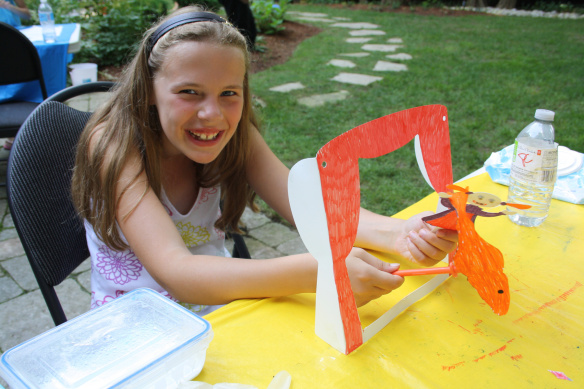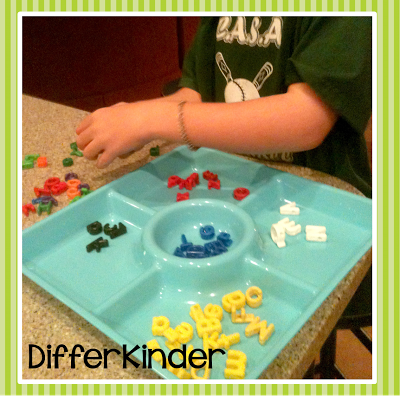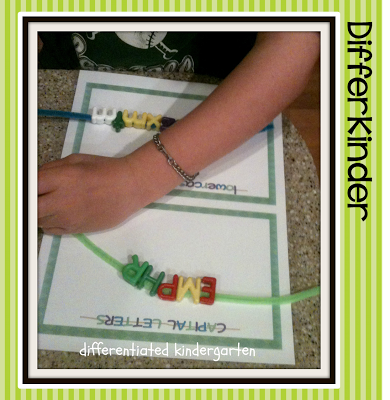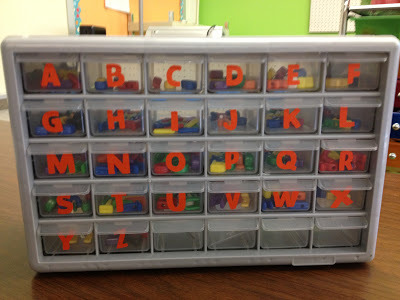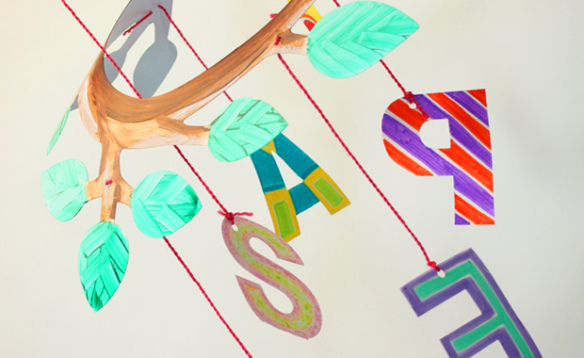
Inspire learning through literacy! Just in time for this month’s Literacy Day, we’re celebrating the power of words with our Word Mobile!
Age: 5+
Duration: 20-30 minutes assembly, 1-2 hours drying time (or overnight)
Learning Objectives: Learn letter recognition through coloring in die-cut letters. Explore word and letter games. Infuse art into literacy through painting and letter design. Create neat typographic patterns, colors and effects with letters.
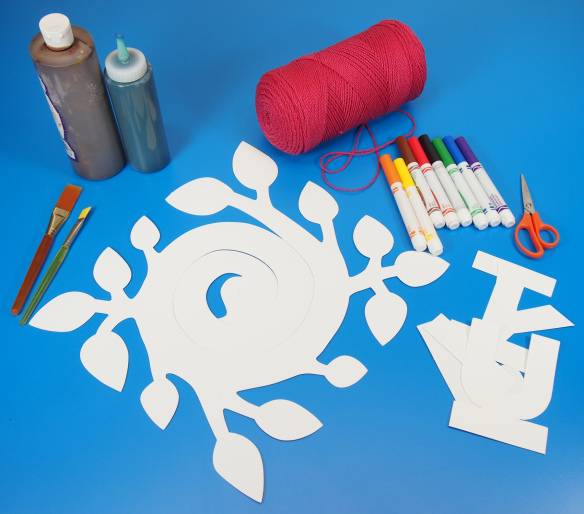
You’ll Need:
• R51302 Nature Mobile Maker
• R49702 Stand Up Letters
• Markers
• Scissors
• Paint
• String
• Hole punch
• Paint brush
• Paint tray

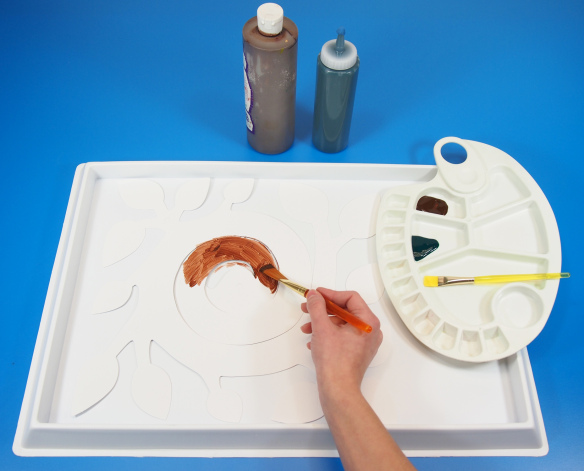
To start, pop out the Nature Mobile Maker from its card backing and place inside of a paint tray. Choose a bit of brown tempera paint to color in the branches of the nature-themed mobile. Make broad, even strokes throughout the length of the winding branch. Go back a second time with some added paint to darken the inside edge of the branch. Use a bit of white or light brown for highlights.
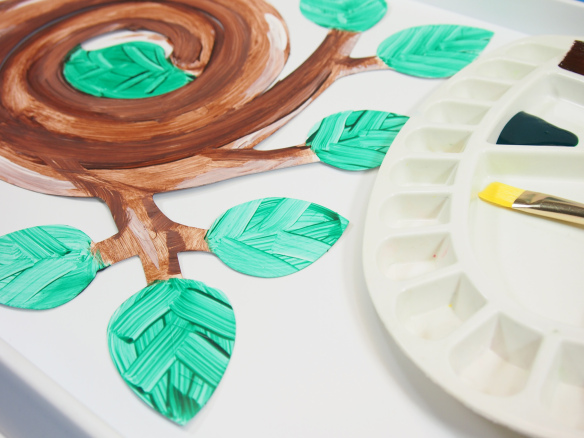
To pain the leaves, use green paint. Dab a generous amount across each leaf to cover it completely. Use the flat end of the brush to swipe once across the middle of the leaf. Add vein details! From the middle line, flick the brush outwards diagonally to the opposite edge. This gives the leaves a very real, textured appearance.
Leave the mobile to dry for 1 hour.
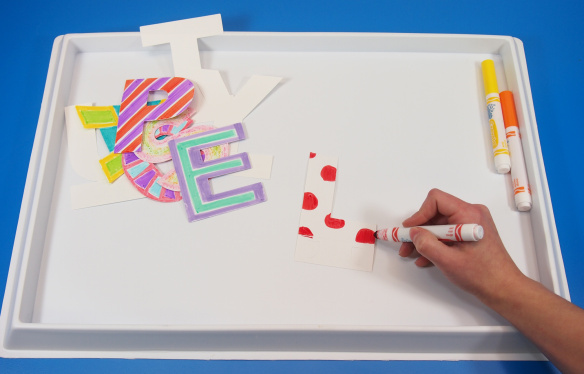
While you are waiting for the mobile to dry, pop out the Stand Up Letters from their card backings. Use markers to decorate both sides of each Stand Up Letter. Choose an assortment of vowels and consonants, as you can use the mobile for a literacy game that I’ll elaborate on at the end of this post!
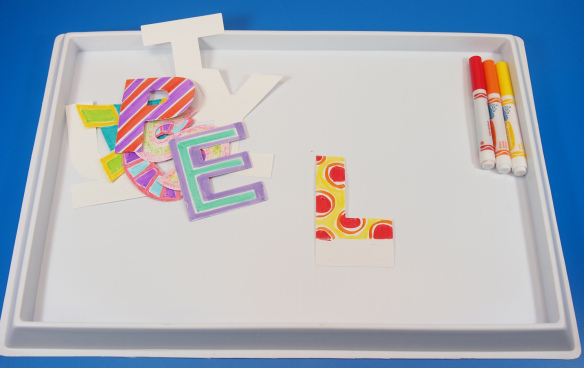
I’ve patterned the letter L with some pretty polka-dots. Make sure your patterns are bright and colorful so that they appear to catch your eye!
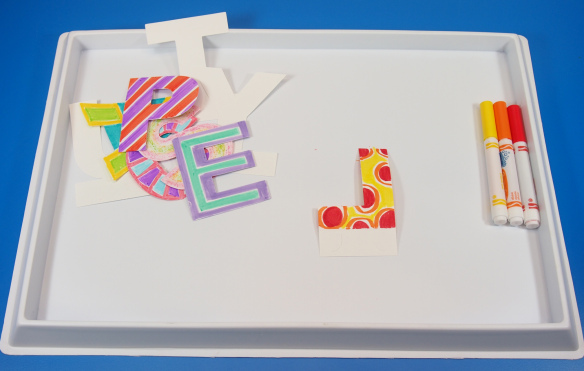
Don’t forget to color the opposite side too!
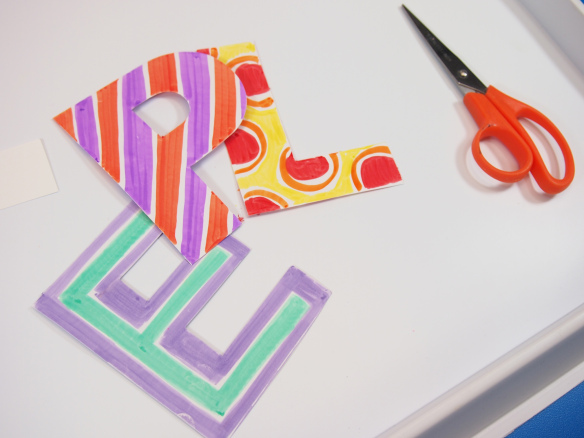
Prep your letters for the mobile. Cut each of the letters from their card stands.
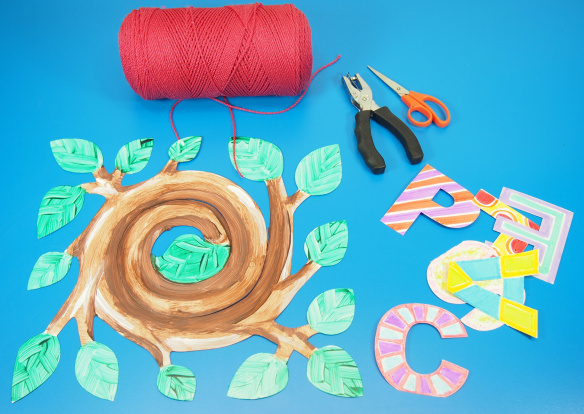
By this time, our Nature Mobile Maker is finished drying. Let’s assemble the mobile!
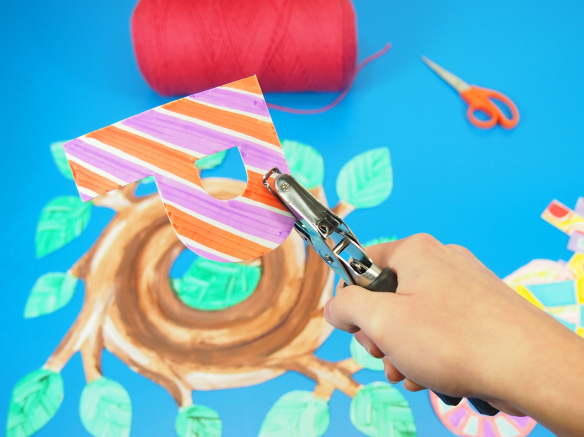
Punch a hole through the top of each letter. You can position the hole anywhere you like to give the letters a bit of variation as they dangle.
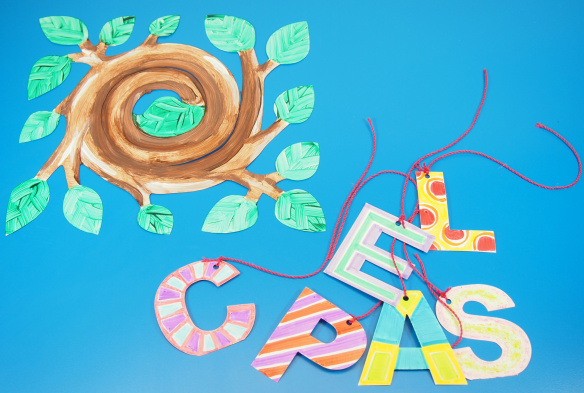
Cut varying lengths of string and attach to each letter.
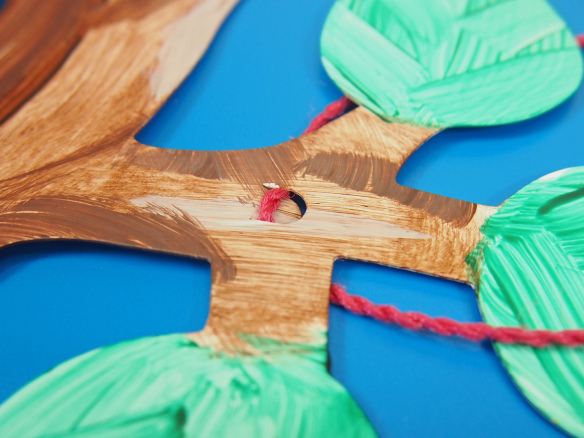
To make use of the no-tie mobile feature, push down on the tabs cut into the center of each branch. Slide the top of the string through to the back, then press the tab back up to secure.
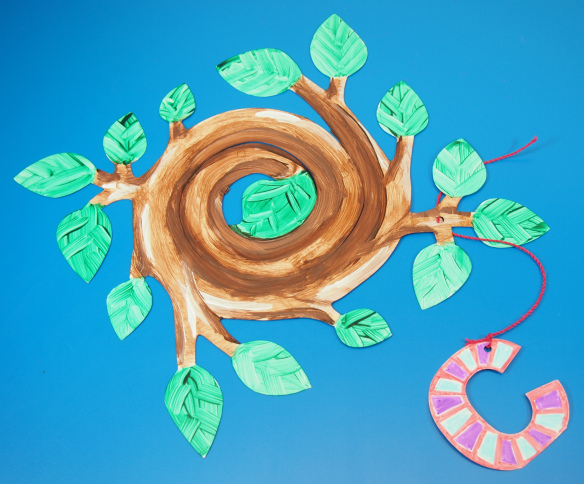
You want it to look something like this!
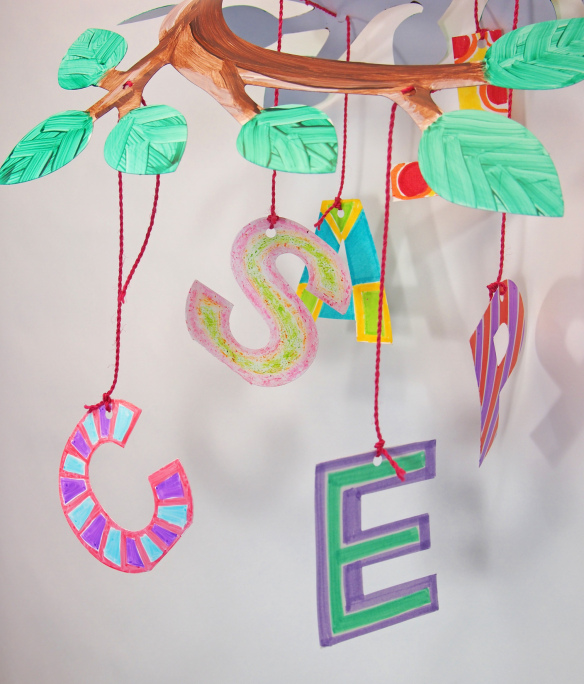
Hang your mobile up from the ceiling above your students’ desks. As the letters twirl around, they will be easily visible from anywhere in the classroom! Depending on what kinds of letters are combined together you can ask students to do the following literacy exercises:
• Keep things simple for younger students. Ask them to identify which letters are vowels and which are consonants.
• Practice repetitive writing or exploring cursive writing by selecting one or two of the letters and writing them on a sheet of paper.
• Organize the letters to represent the first letter of each student in a group of desks.
• Older students can try to form different combinations of words from the letters attached to the mobile. For instance, the letters in the image above can be used to spell the word “SPACE”!
• Use the letters as starting points for writing acronyms or poems!

Like us on Facebook, Share this post with your friends, or Subscribe to this blog today to receive original craft project updates every Monday, Wednesday and Thursday!









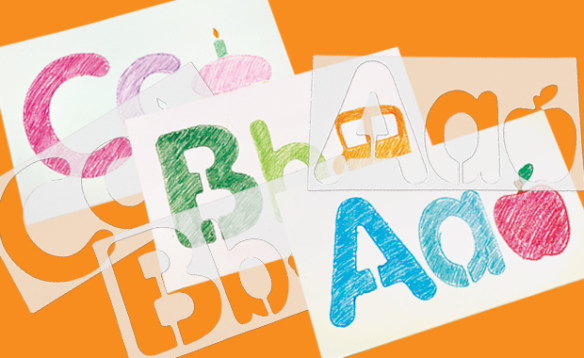

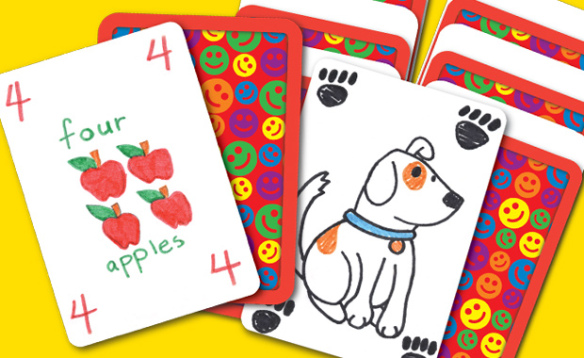
















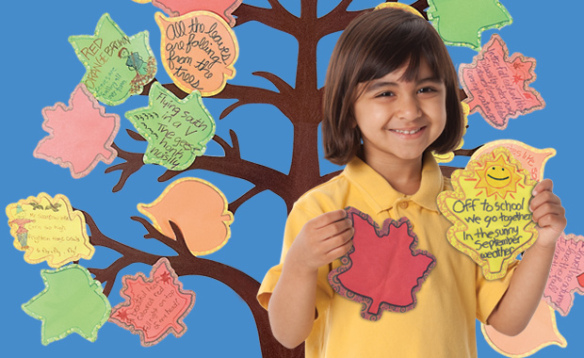
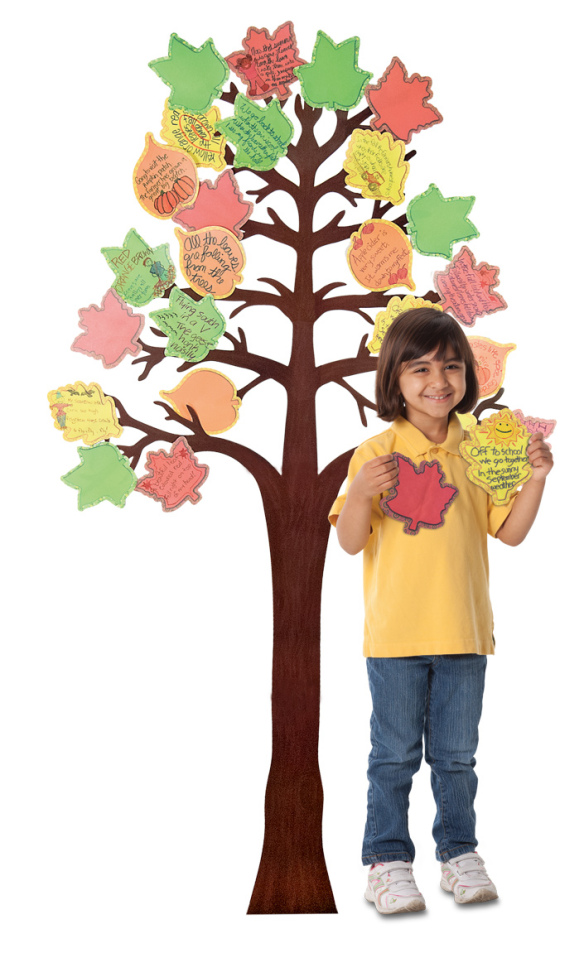

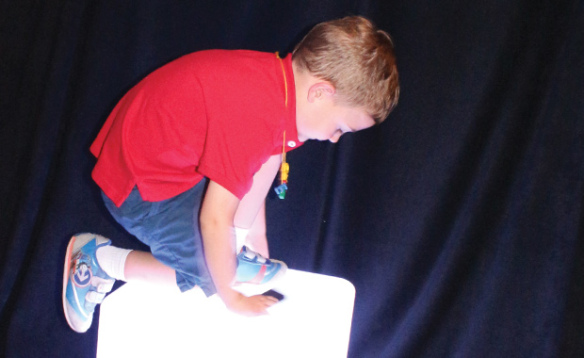
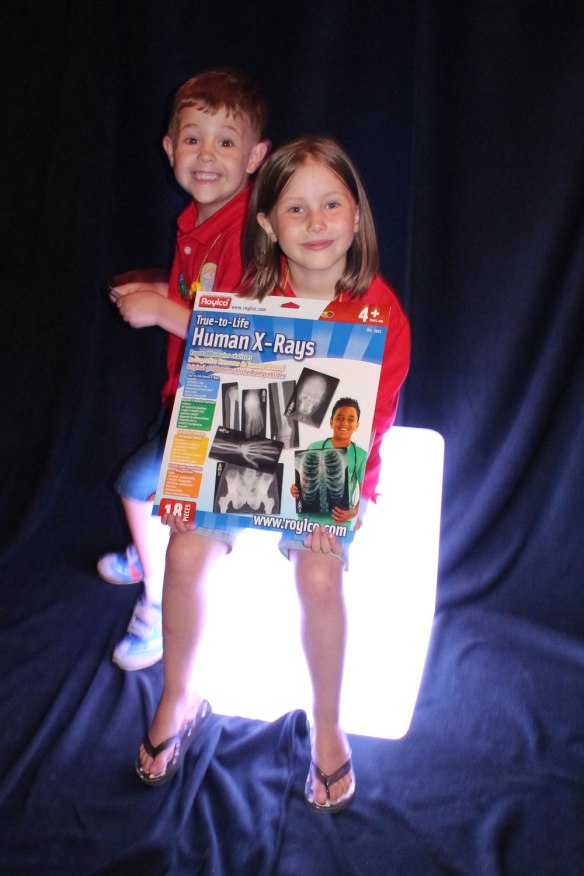
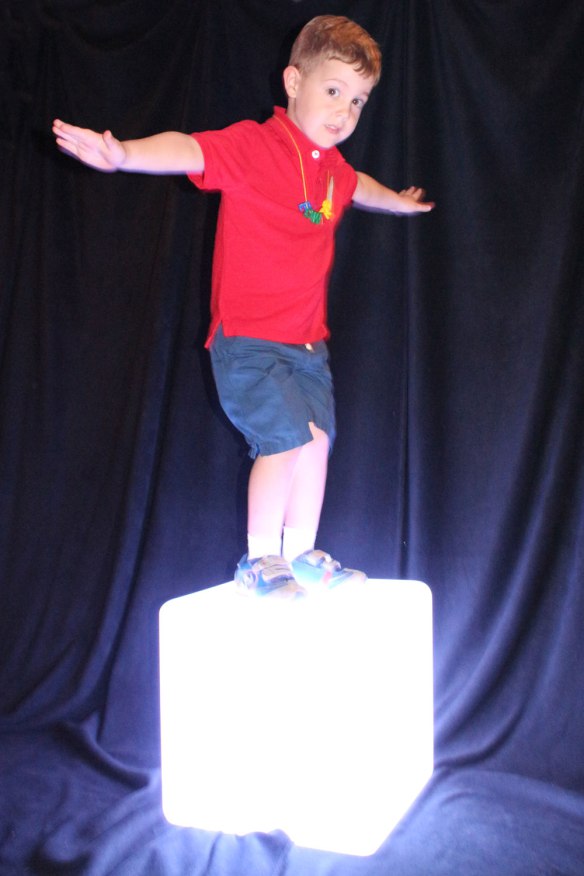
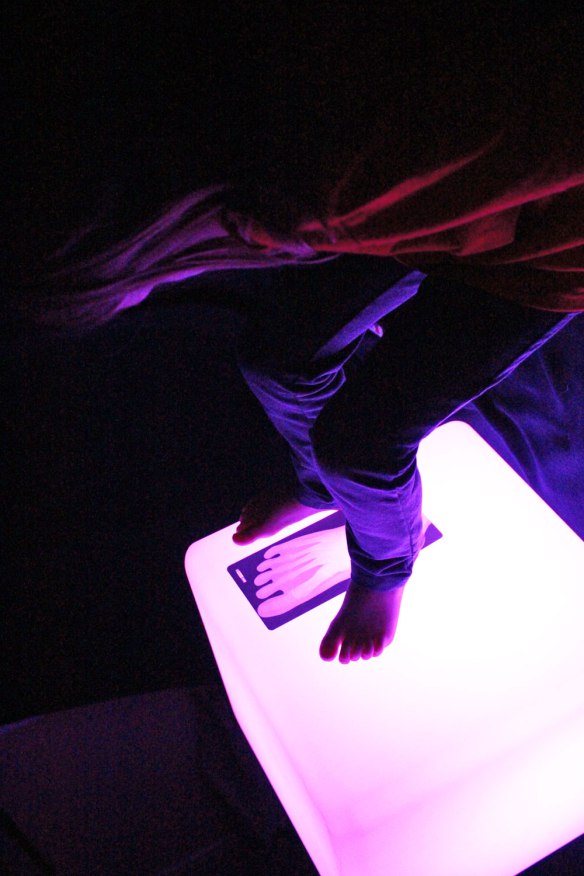

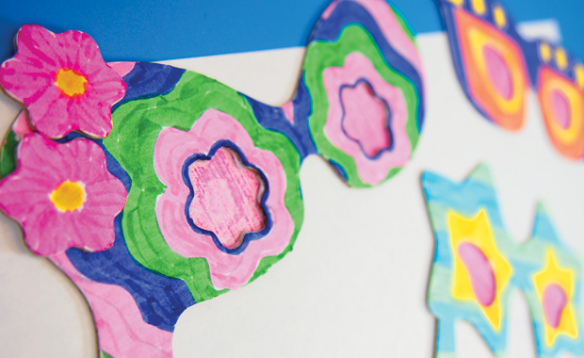














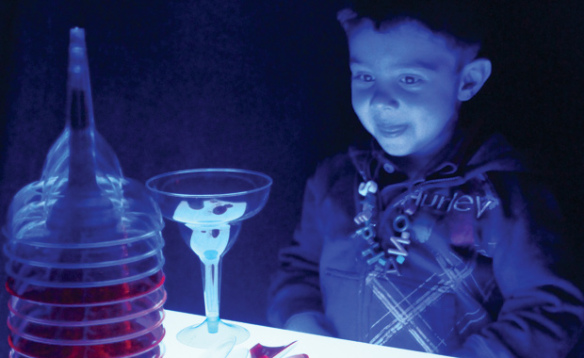
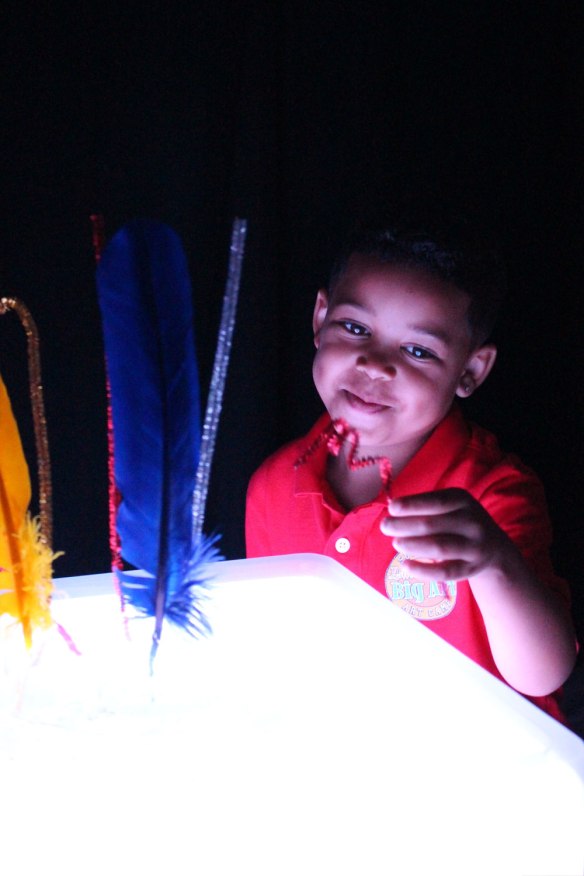
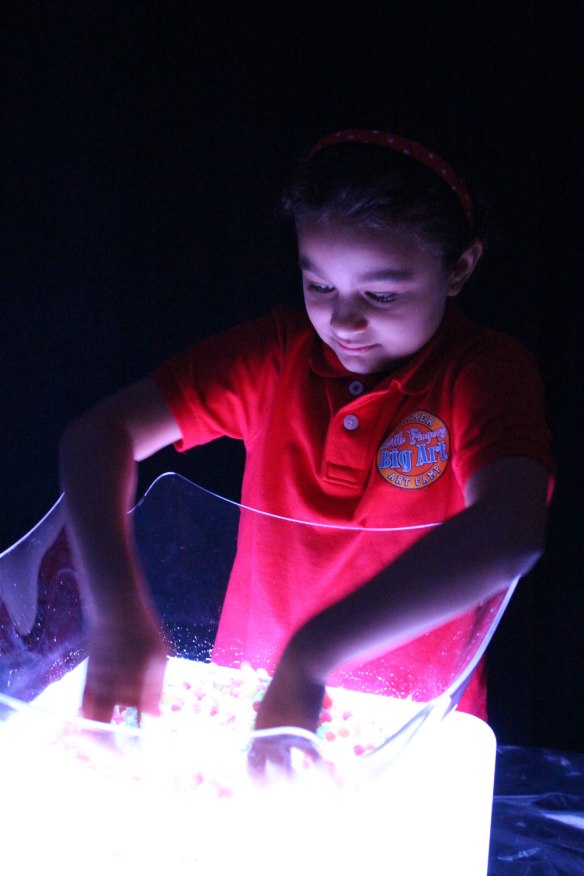
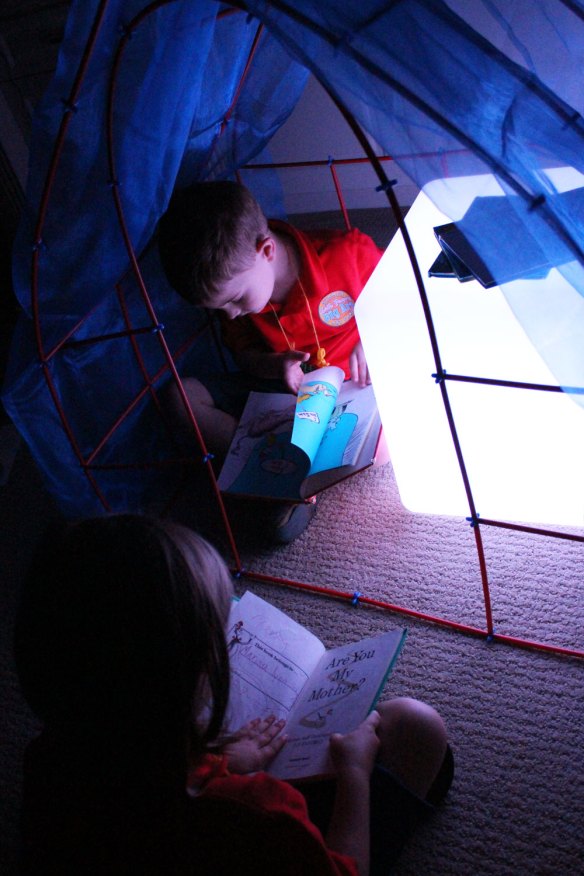
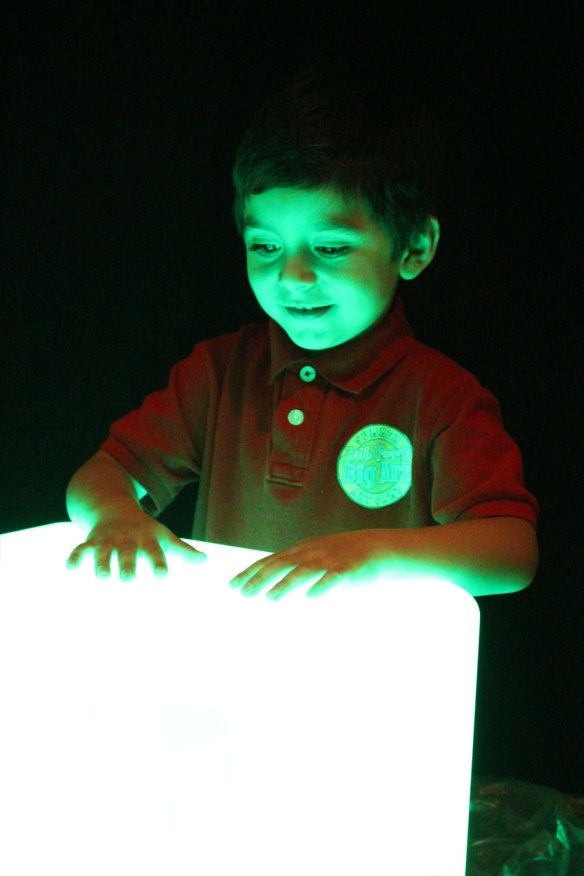
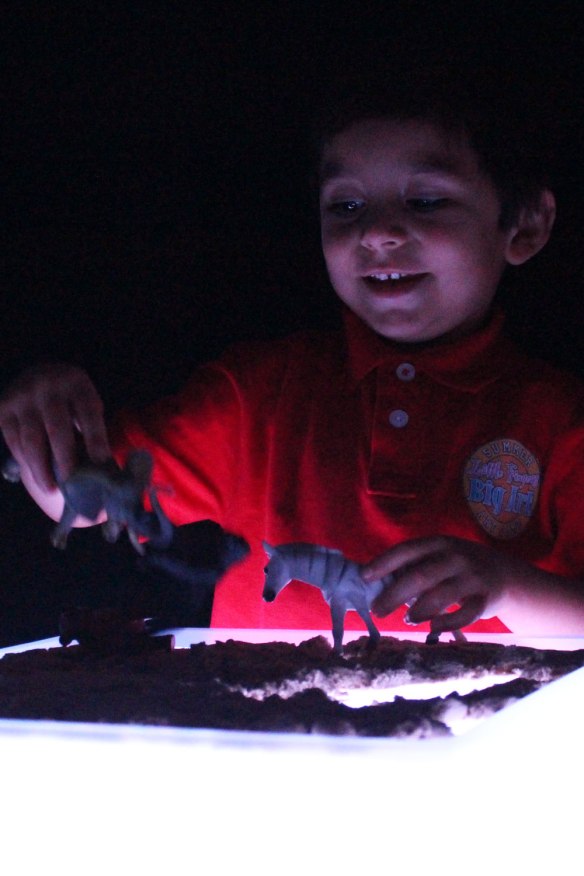
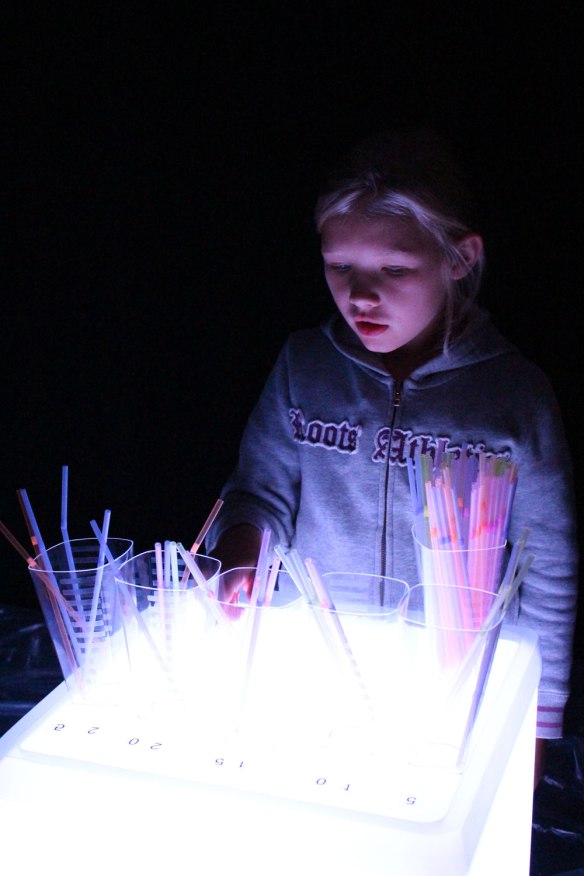
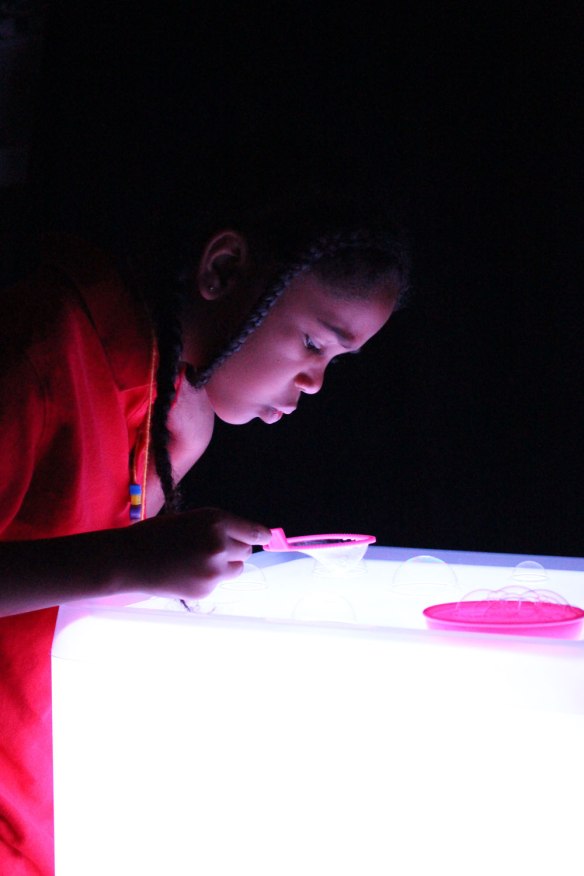
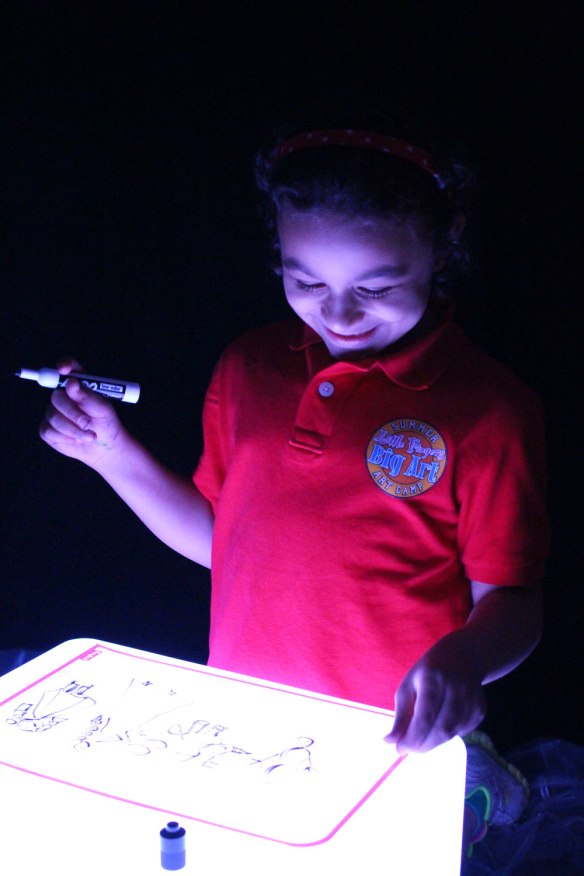
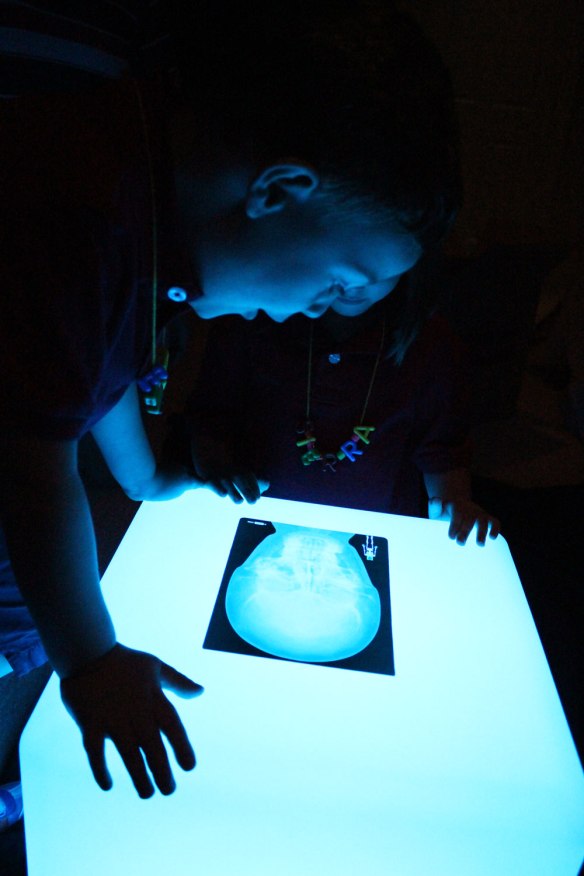
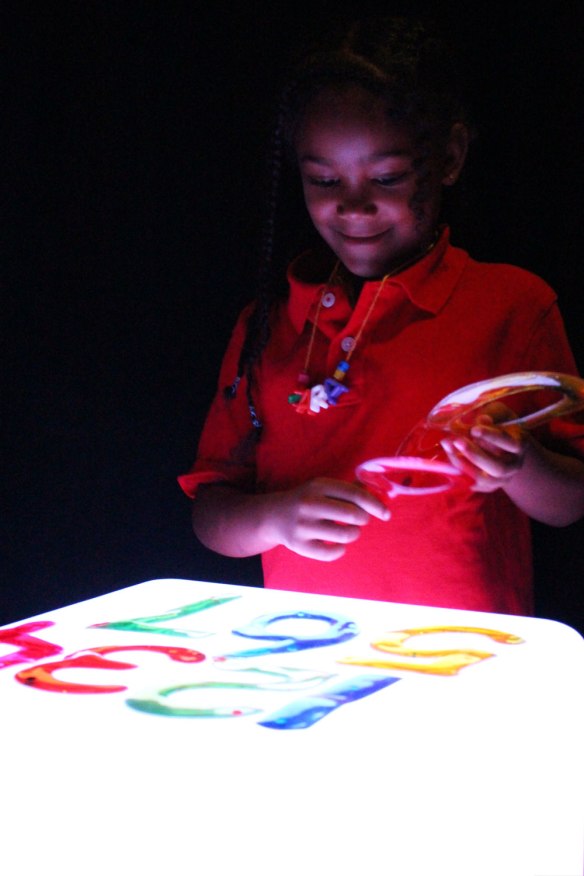
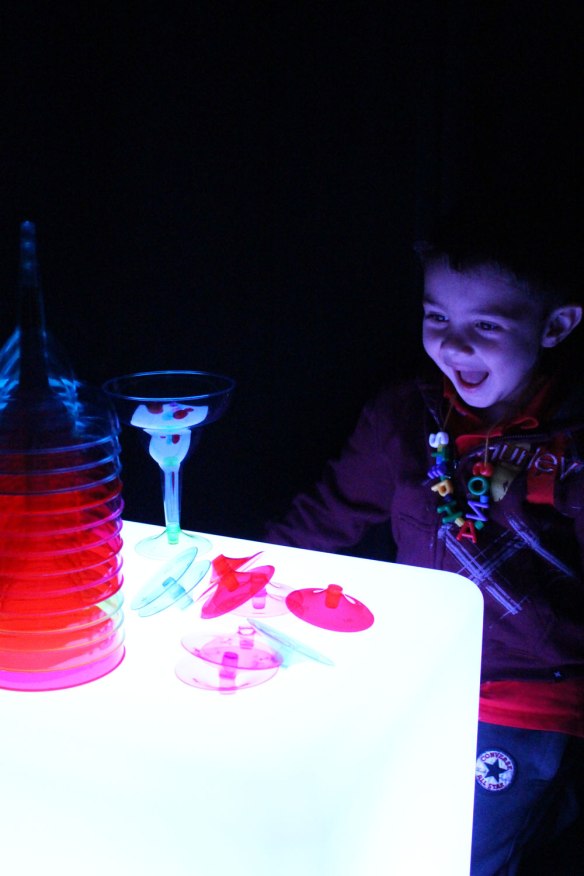
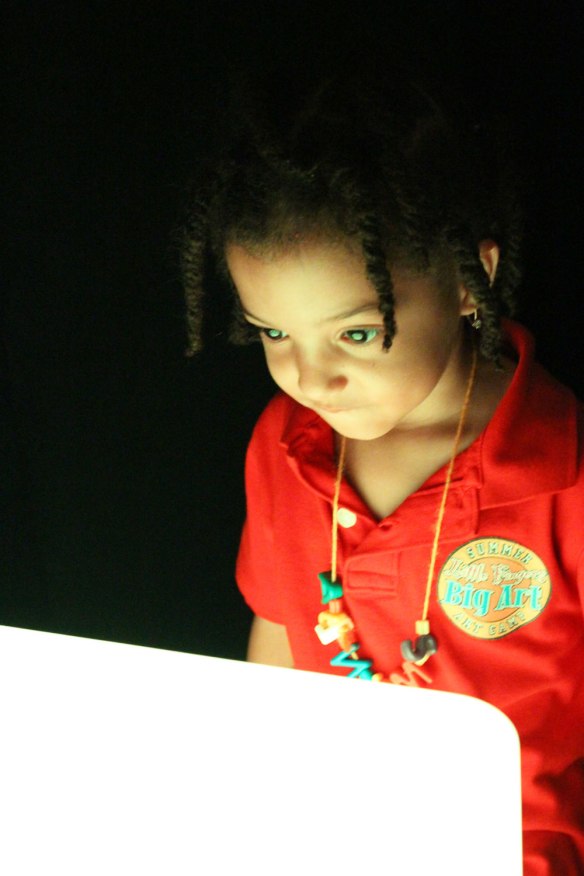
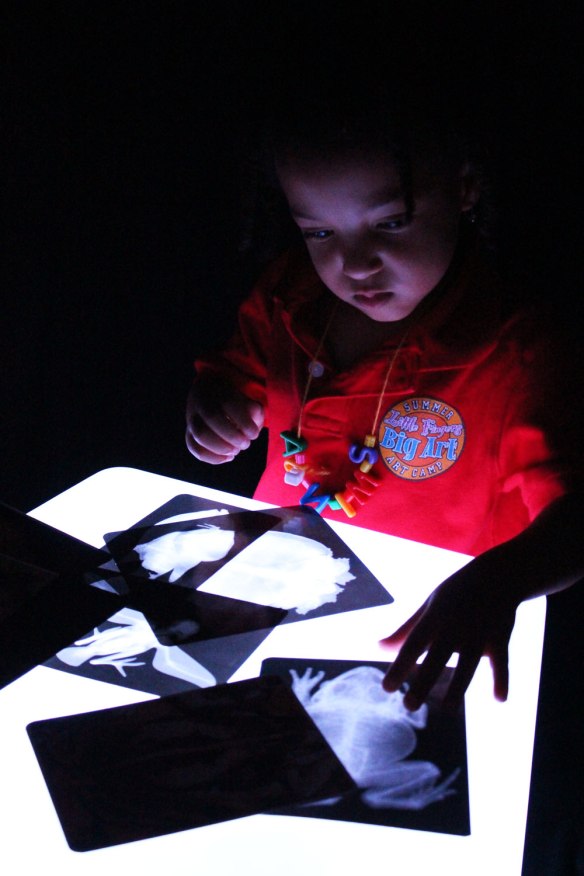
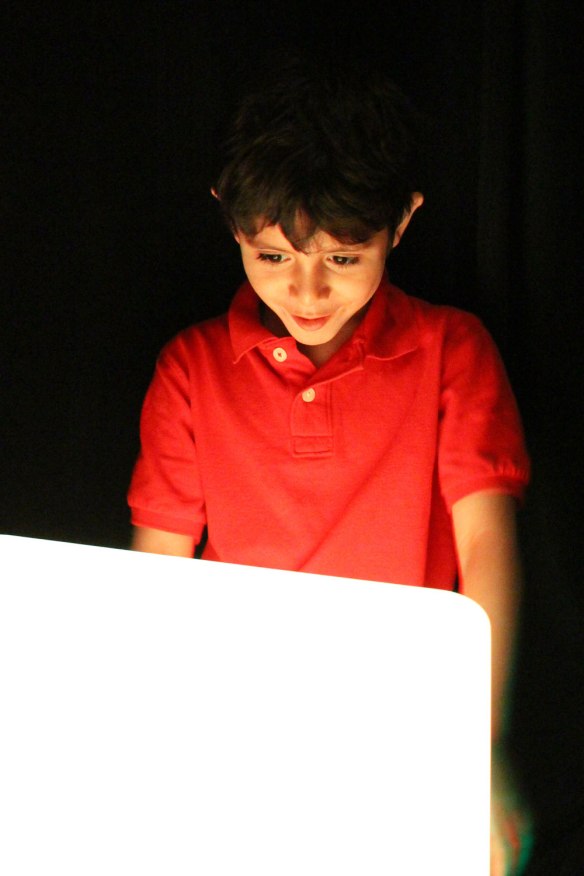
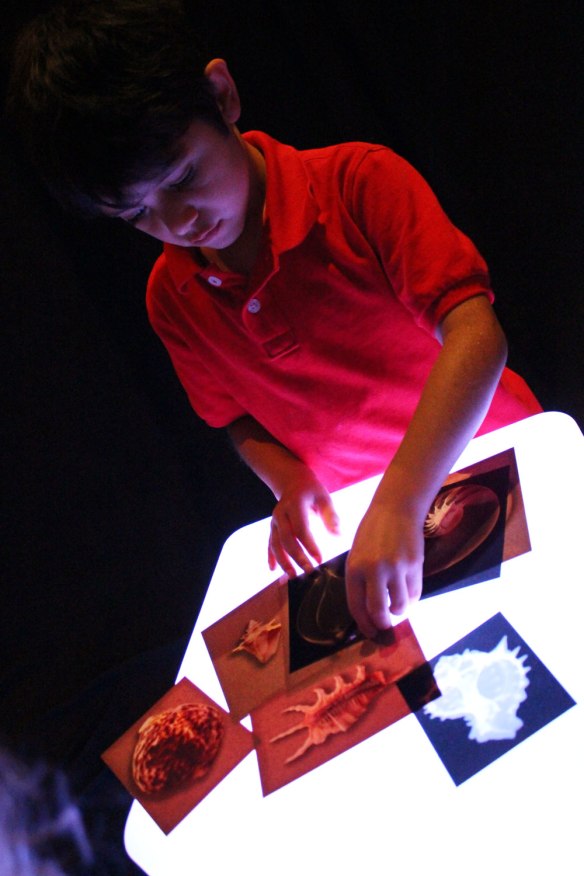
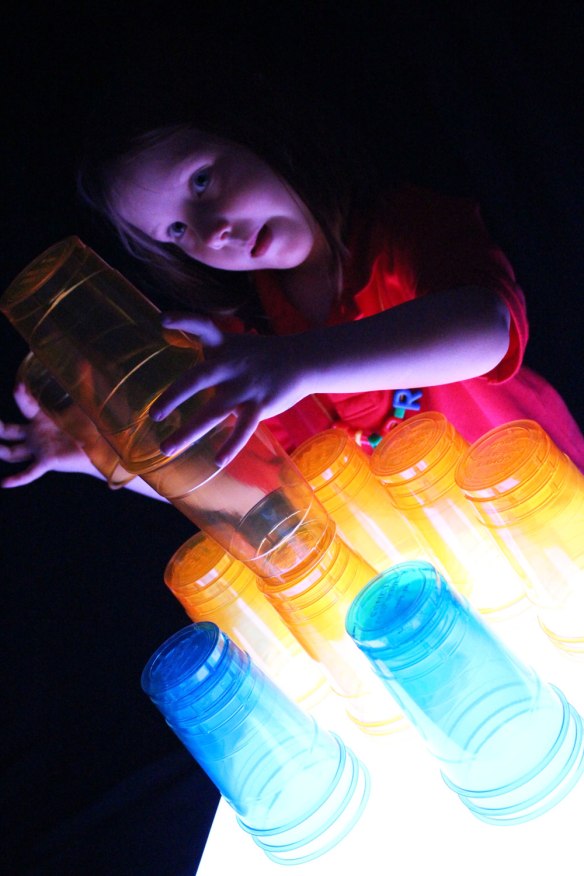
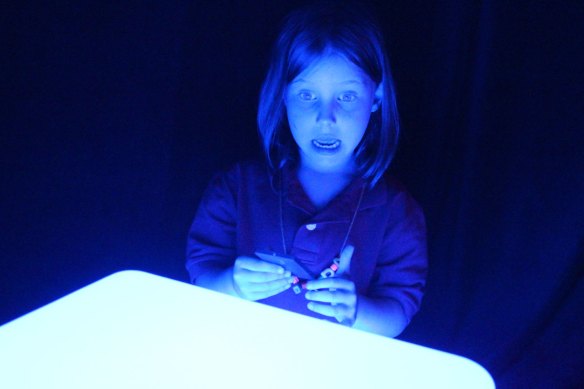
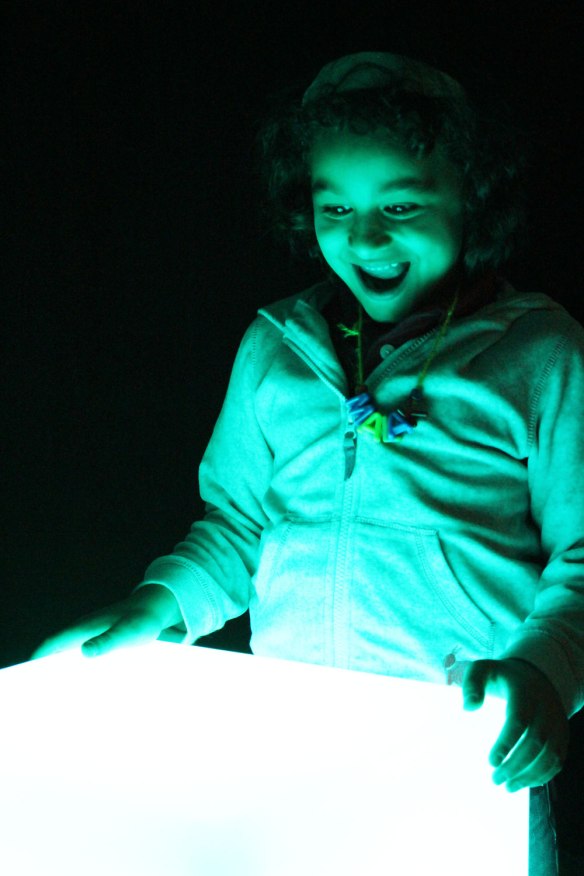
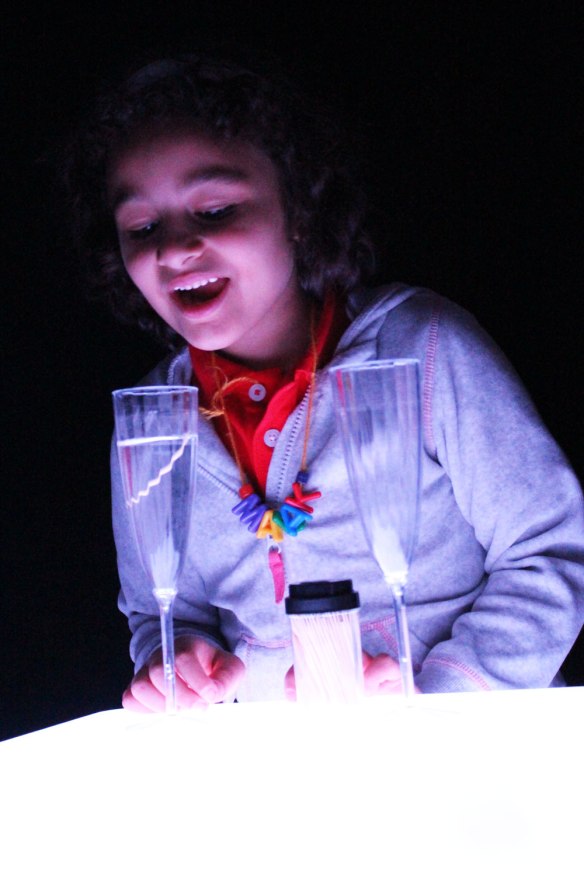

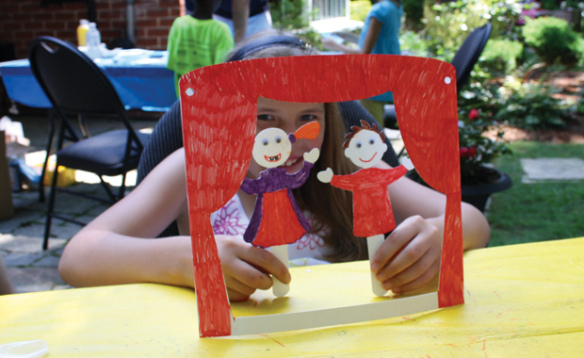
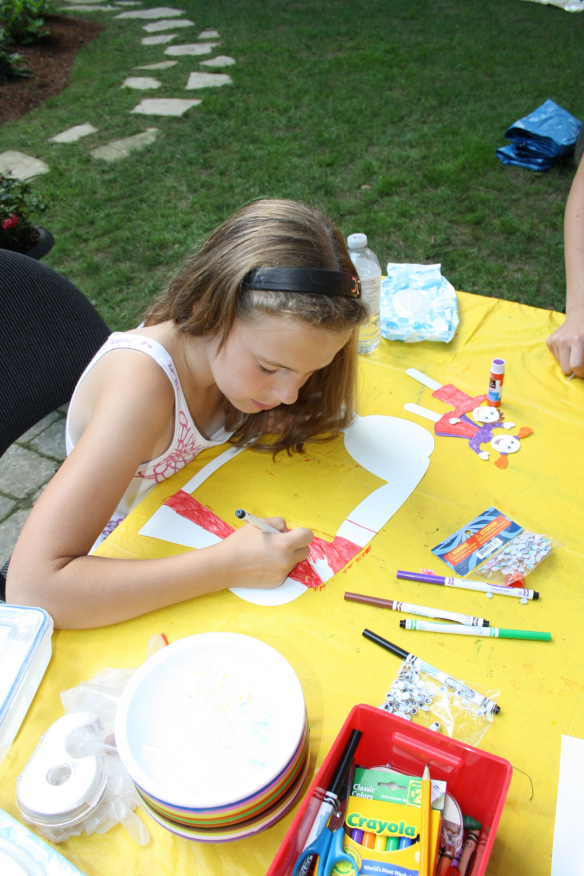 First pop out the puppet theatre from the backing. Color in the theatre with bright marker colors, like red or purple! Color in the puppet characters as well. The characters are cut with a handle so they are easy for kids to hold.
First pop out the puppet theatre from the backing. Color in the theatre with bright marker colors, like red or purple! Color in the puppet characters as well. The characters are cut with a handle so they are easy for kids to hold.